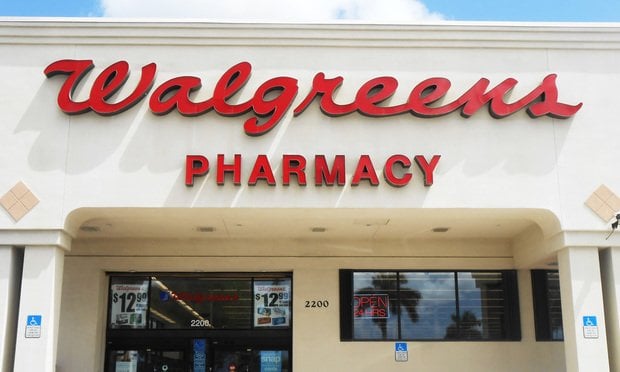Provider-owned health insurance plans are suffering from all the changes and uncertainty in the health care market, according to a special report from A.M. Best.
Related: Employers dealing with great uncertainty, thanks to patchwork of regulations
“Growing Pains as More Providers Set-Up Their Own Health Plans” finds that in 2016, 52 percent of such plans reported an underwriting loss. While the total population of plans in the report experienced a $1.2 billion underwriting gain in 2016, the underwriting results of that same population become a $699 million loss for the year when Kaiser Foundation Health Plan’s results are excluded.
Underwriting volatility is also more prevalent as premium scale decreases, the report finds; based on underwriting margins from 2010-2016, provider-owned plans with less than $100 million of net premiums written have a smaller average margin, and the disparity in results by company is greater.
On the other hand, plans with more than $500 million of net premiums written have larger, and more stable, underwriting margins. Nearly a third of provider-owned plans had premium levels between $100 million and $500 million as of year-end 2016.
Related: Employees switch providers rather than plan
Commercial business is still the predominant business line for provider-owned plans, accounting for more than half (54.5 percent) of the aggregated premium mix in 2016. That’s substantially higher than the health industry’s aggregated 38.2 percent.
Operating results, however, are being affected by a shift toward individual commercial business. With the Affordable Care Act exchange marketplace population experiencing results that are poorer than expected, the medical loss ratio has consistently increased on individual commercial business for provider-owned plans each year from 2013–2015 — although in 2016 it experienced a marginal reduction.
The individual commercial business MLR has been substantially higher than the group business MLR — and since some provider-owned plans have either unexpectedly underpriced or aggressively priced some commercial products to remain competitive, losses on the exchange business have intensified the deterioration in performance. And while that trend is seen throughout the health industry, it seems to be more pronounced in the provider-owned space.
Related: The case for self-funding at small and mid-sized businesses
According to A.M. Best, shrinking margins will make providers have to choose whether to go into the market, exit the market and stop providing coverage or continue and anticipate potential growth, expecting that underwriting adjustments will be able to turn the situation around.
© 2025 ALM Global, LLC, All Rights Reserved. Request academic re-use from www.copyright.com. All other uses, submit a request to [email protected]. For more information visit Asset & Logo Licensing.







